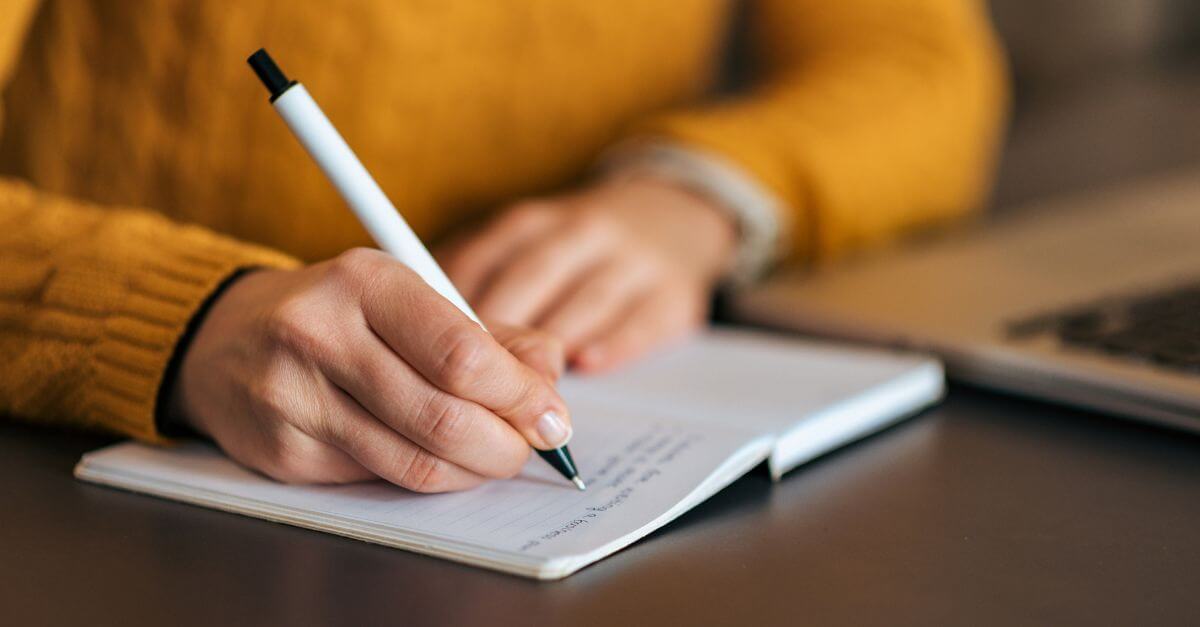UI optimisation for an impactful design

UI optimization is one of the keys to great web design. We discuss its most important aspects and how they should be put into practice.
What is UI optimisation?
The acronym refers to User Interface or user interface. When it is done, it is to get the user of an application to follow a route previously stipulated by us. The objective is that this person accesses the sections that interest us to increase the probability of conversion.
Furthermore, the goal is achieved naturally and without ever forcing the potential client. In short, it is about turning what is on offer into a need and the options available into the best tool to meet that need.
UI . design principles
There are several aspects that affect the usability of the interface design. We comment on the most essential points.
The naturalness
It is possible to use mind maps to anticipate what the client is going to request from the interface. The idea is to use a symbolism that be easily understood and to accompany it with real images. In this way, the person associates the reality they know with what they require from the user interface (UI). It should be intuitive to use without having to be explained in order to get the most out of the website.
Consistency in styles
Most commonly, the standard user knows what an interface is and how to navigate through it.
The design is completed with a visual presentation based on corporate colours and analysing how interactive elements behave. The less effort the person interested in the website has to make, the better.
Clarity, simplicity and interaction
It is advisable to avoid overloaded designs and go more for minimalism. Good design should also include elements that require the user to perform a specific action. The experience will be more complete and will increase engagement with the website.
In terms of simplicity, the interface should not be an omnipresent element. It is preferable that it contains just enough information to move from one section to another without the need for additional explanations. Avoiding complicated icons and opting for standard icons (for example, for saving a file, use the one that represents a floppy disk) helps to avoid doubts and improve the relationship with the usability of the website.
UI design techniques
Let’s discuss what are the keys to UI optimisation from a practical point of view. The common denominator of each technique is “less is more”. Although it may seem otherwise, the simpler it is, the more effective it is.
Contrast and colour
Until not too long ago it was not uncommon to find a complete colour palette on a website. This type of design only contributes to hindering the customer’s action. Thus, it is best to:
- The use of flat elements.
- Palettes with a single color or with a maximum of three. This may be the corporate colours.
- The combination of colors betting on high contrast to highlight areas of interest. The play with shadows helps to draw attention to the person in an unobtrusive way.
The goal of achieving a visual impactis more achievable and the user is made aware of what to do at all times.
More icons than images
While we mentioned earlier that some real images should be included, this does not mean that the interface becomes a photo album. Icons help to associate your image with a specific action. At the same time, they are easy to understand and help to avoid slowing down the loading time and search engine ranking of a website.
Information cards or grids
Data tables have become a thing of the past and on cards or grids with a preview of the information to be conveyed. This has resulted in the disappearance of separating lines and a cleaner, more homogeneous design.
The typography
As with the colours, the use of different fonts in the interface seemed to bring a different nuance to the interface. The most appropriate UI design is the one that uses a single font, although used with different sizes and degrees of opacity.
The choice of typography has become a hallmark of every company’s identity. It is not for nothing that titles, subtitles and content generate user attention and are a fundamental part of a website. It is recommended to choose a typeface that is consistent with the logo and that makes a difference so that the potential customer will associate it with the company as soon as they recognise it.
The use of blanks
It is often understood that the best way for a website to generate more interest is to fill it with content. However, this does not mean that the interface is cluttered, as this situation could lead to some rejection. Separating sections with white space makes the interface cleaner and easier to know how to interact with each section. Applying a background colour helps to make the experience more immersive.
The central and lower part of the interface
In most heatmaps that are made of a website are the two parts where the most clicks occur. Therefore, when it comes to generating traffic is where the sections that can generate the most interest should be located.
Following the above steps makes it easier to achieve UI optimisation to make the user interface more effective. The combination of factors results in a more user-friendly proposition that is closer to the end user. Everything is to adapt to new trends and to turn each page into an attraction that generates more organic traffic and conversions.
Effective Web Design, User Experience, Optimisation of UI, pasiona, Striking design, UI Tips, User Experience, User Experience, web design
Go back



